To balance its systemic need for thinness against its customers' need for something they can actually type on, Apple is researching a keyboard that can fully retract into a MacBook Pro enclosure.
Apple has been careful to not say that the butterfly keyboard is gone, but that turns out to be more than because the lawyers tell it to. It's true that if Apple ever actually said it was rubbish, there would be a cascade of lawsuits over it selling a keyboard that it knew didn't work. But it looks as if Apple is also simply not willing to give up this fight for a thin keyboard yet.
"Retractable Keyboards" suggests that while Apple may move away from the specifics of its keyboard, it's looking to take some inspiration from IBM's old butterfly keyboard.
That wasn't a butterfly one in the sense that Apple's was. With Apple, the butterfly description was to do with the way each key was mounted on the keyboard, and how it reacted when pressed. With IBM, it was more about the positioning of the entire keyboard.
On certain models of the IBM ThinkPad laptop, opening the lid would cause a squashed-in keyboard to move outwards, to spread it wings. By the time the lid was fully open, the mechanism would have transformed the laptop-sized keyboard out into the equivalent of a full desktop one.
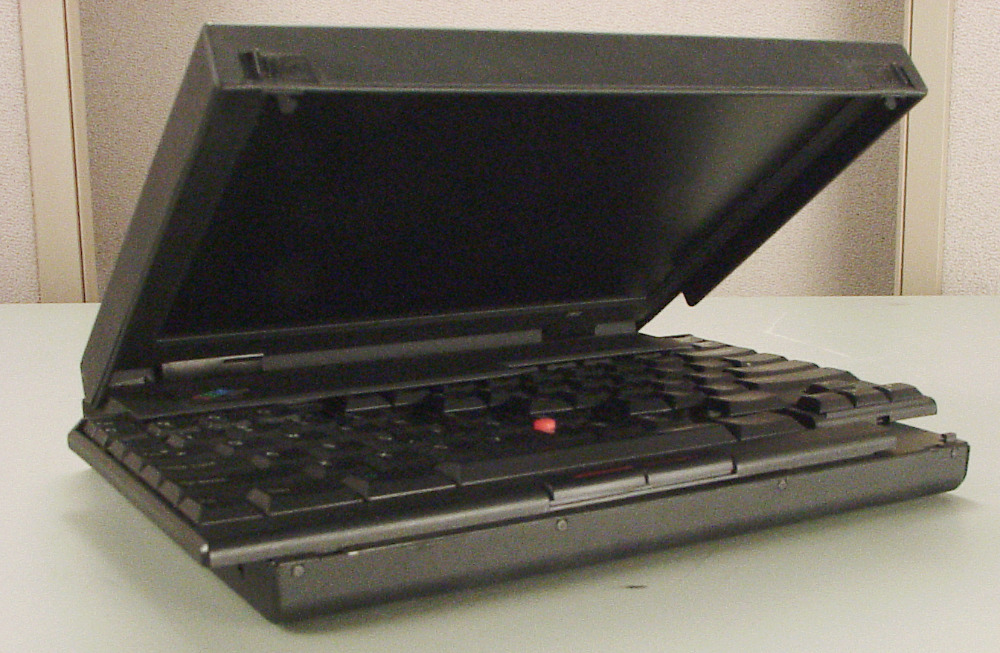 IBM ThinkPad 701's Butterfly keyboard moved outwards when the lid was open. (Source: Mikebabb on Wiki Commons)
IBM ThinkPad 701's Butterfly keyboard moved outwards when the lid was open. (Source: Mikebabb on Wiki Commons)Apple's new proposal doesn't mention IBM, and it isn't concerned with a keyboard spreading out to be the width of a full-size one. But it is about what can happen when the lid of a MacBook Pro is opened or closed.
There is a kind of acknowledgement that users reacted badly to the butterfly mechanism, that they did not find its thinness outweighed other factors. "Users expect devices to have a button or key size that is well-suited for a finger to press," it says, "and users generally have a preference for buttons or keys that provide audible and tactile feedback when pressed."
"Thus, user interfaces such as keyboards and other buttons are designed to have a predetermined size and amount of perceived deflection when pressed," it continues. "These constraints can make devices larger than needed for some tasks, such as when the user interfaces of the devices are not being used or are stored."
So what Apple wants is a keyboard that users like, but which does not mean having to stem this decades-long move to thinner and thinner devices.
"Keyboards are... made with internal empty space within their structures to accommodate keycap movement," explains the patent application. "Reducing that space or more efficiently using the space can reduce the overall thickness of a device."
Apple's proposal concerns different ways of "selectively reducing the thickness of a keyboard by selectively retracting or extending the keys of the keyboard relative to an internal keyboard mounting or support layer."
The application talks about how the keys can be moved between a neutral position and a retracted position," or vice versa. That movement is via "movable magnetic or mechanical linkage elements [that] are configured to reposition keycaps and stabilizers between different relative positions."
Central to the different methods Apple outlines are a series of "stabilizers to move the keycaps." Significantly, those stabilizers are chiefly the elements that control what happens when a user presses a key.
"The stabilizers can be scissor mechanisms, butterfly mechanisms, and similar devices," says Apple. Before anyone gets too relieved that "scissor mechanisms" are mentioned, note that they are referred to four times in the application's 12,000 words. And "butterfly" is mentioned 15 times.
The application is credited to five inventors, including Houtan R. Farahani, who has a previous related patent regarding "Enclosure features for a portable computing device."
This is far from the first patent Apple has applied for to do with reducing keyboard thickness, and it has even investigated keyboards that feature no physical or mechanical keys at all.
Keep up with AppleInsider by downloading the AppleInsider app for iOS, and follow us on YouTube, Twitter @appleinsider and Facebook for live, late-breaking coverage. You can also check out our official Instagram account for exclusive photos.
 William Gallagher
William Gallagher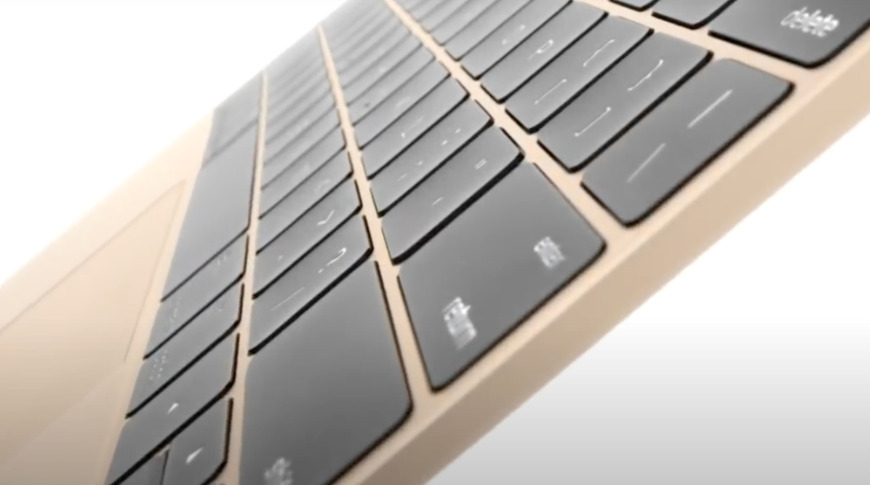
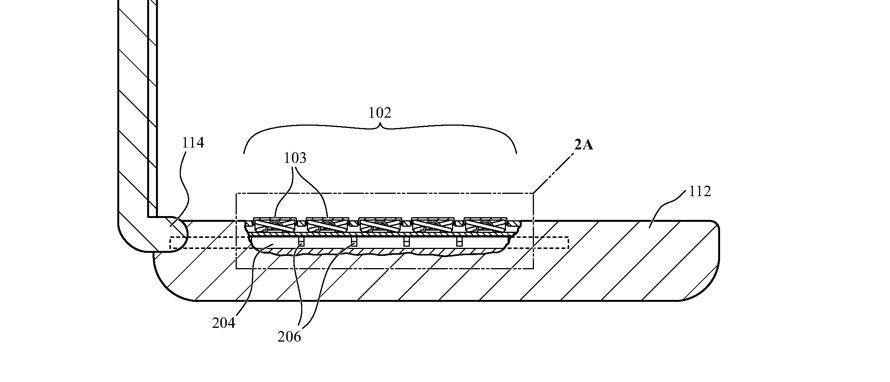




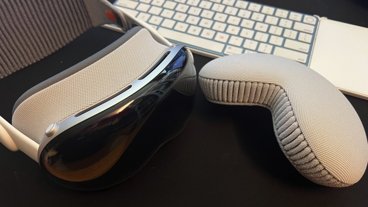


-m.jpg)





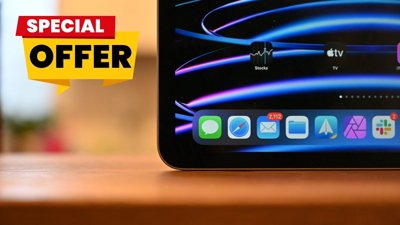
 Christine McKee
Christine McKee
 Malcolm Owen
Malcolm Owen

 Charles Martin
Charles Martin

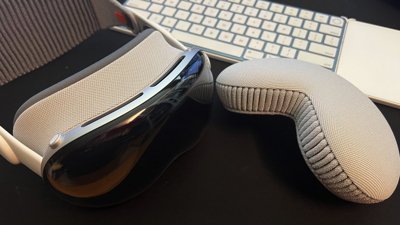
 Mike Wuerthele
Mike Wuerthele



-m.jpg)






19 Comments
Great. Why not just paint on some pretend keys for a pretend keyboard for us to pretend type. They’ll save a lot of money too.
This is one invention I really hope doesn't see the light of day. I really don't understand Apple's obsession for even more thinness. When thinness compromises the user experience you know you've gone too far. No one is complaining about any Apple product being too thick.
There are benefits to an approach like this beyond thin-ness. In fact, I think it would have the opposite effect.
Every Macbook I've owned, after a few years, develops faint scrapes on the screen where the edges of the keys are. This is due to keys rubbing against the screen while being moved around. If the keys recessed into a "pressed" position when the screen was closed, the screen would stay pristine over time.
If this means using magnets to pull keys down, that's more hardware in the keyboard; if it means moving the entire keyboard "down" while the screen is shut, that means a new recess under the keyboard which would take more space. Neither of these approaches would make the laptop more thin.
This sounds to me like one of those cool speculative patents that never goes anywhere.
No more thin keyboards please! Apple didn’t you learn your lesson with the ridiculous butterfly keyboard? Your laptops are thin enough already. Stop shaving more millimetres off them. It causes too many compromises, such as shallow keyboards with insufficient key travel, overheating, small batteries and fewer ports.